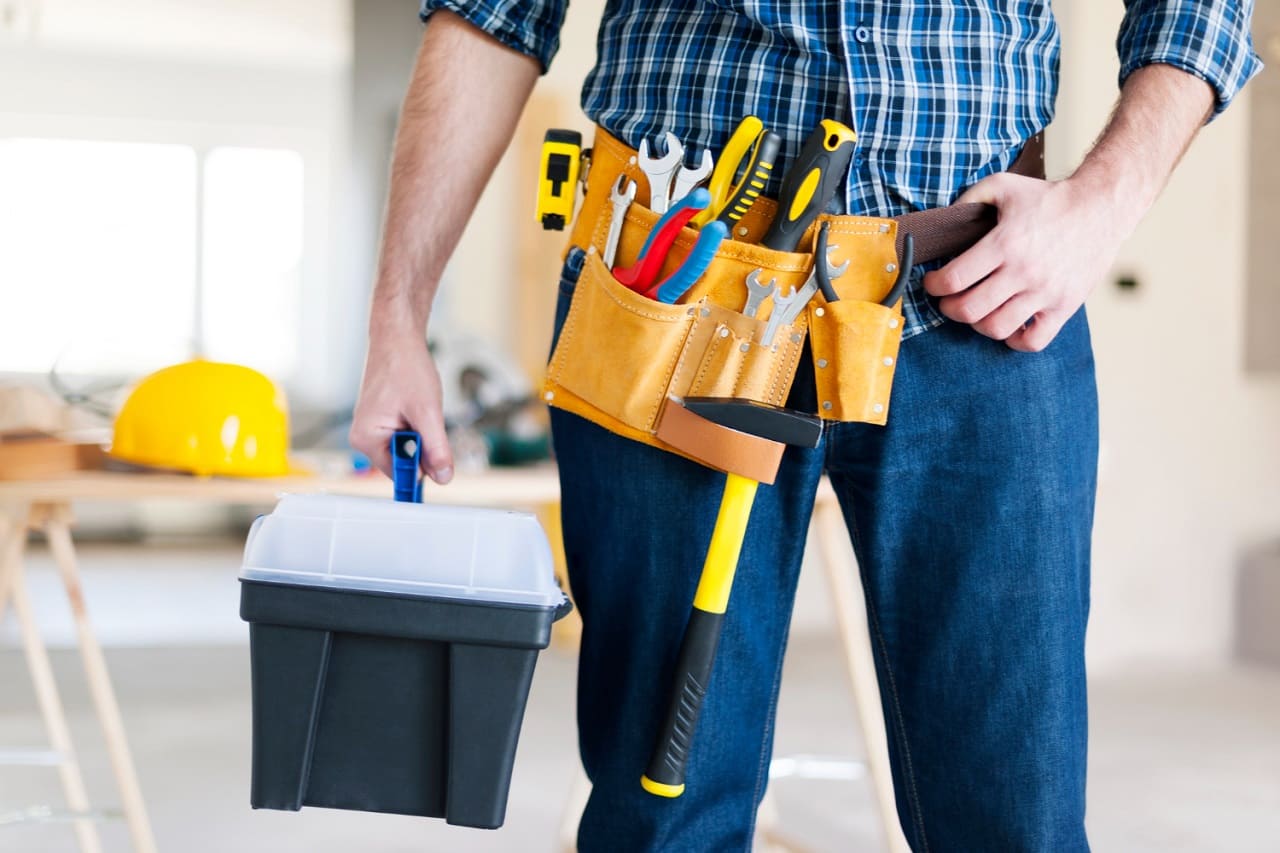Essential Hand Tools Every Beginner Should Have in Their Toolkit
Starting your journey into DIY projects or home repairs can be exciting. Having the appropriate tools is crucial. This article will explore essential hand tools every beginner should have in their toolkit. With these tools, you can tackle various tasks confidently.
Hammer
A hammer is one of the most basic and essential tools you can have. It helps drive nails into wood, remove nails, and break things apart. For beginners, a claw hammer is ideal. The claw side allows you to pull out nails easily, making it a versatile option for various tasks.
Tips for Using a Hammer
- Hold the hammer firmly but not too tight.
- To prevent bending, aim for the nail’s middle.
- Use the claw for removing nails gently.
Screwdriver Set
Screwdrivers are crucial for assembling furniture, tightening screws, and various repairs. A basic set ought to have both Phillips and flathead screwdrivers. The flathead is great for slotted screws, while the Phillips is designed for cross-shaped screws.
Choosing the Right Screwdriver
- Make sure the screwdriver and screw head fit correctly.
- To prevent stripping the screws, choose the appropriate size.
- Consider a magnetic screwdriver to hold screws in place while working.
Pliers
Pliers are handy for gripping, twisting, and cutting wire. A set that includes needle-nose pliers, standard pliers, and wire cutters will cover most beginner needs. When it comes to getting into confined locations, needle-nose pliers are especially helpful.
How to Use Pliers
- Make use of the appropriate pliers for the task.
- Grip the object firmly but avoid excessive force that can cause damage.
- Keep your fingers clear of the cutting edges when using wire cutters.
Tape Measure
Accurate measurements are vital for any project. A tape measure is a must-have tool for ensuring everything fits perfectly. Look for a 25-foot tape measure, as this length is suitable for most home projects.
Measuring Tips
- Always extend the tape measure fully before taking a measurement.
- Use the locking feature to hold the tape in place.
- Mark measurements with a pencil for easy visibility.
Utility Knife
A utility knife is great for cutting various materials, including cardboard, rope, and plastic. For convenience and safety, look for a knife with a retractable blade.
Using a Utility Knife Safely
- Always cut away from your body.
- Replace dull blades to ensure clean cuts.
- When not in use, keep the knife in a secure location.
Level
A level ensures your projects are straight and aligned. This tool is especially useful for hanging pictures, installing shelves, or ensuring that furniture is stable. A small, magnetic level is convenient for beginners.
How to Use a Level
- On the surface you wish to inspect, place the level.
- Adjust the item until the bubble is centered between the lines.
- Double-check measurements for accuracy.
Adjustable Wrench
An adjustable wrench can grip various sizes of nuts and bolts, making it versatile for plumbing and automotive tasks. This tool can eliminate the need for multiple wrenches, saving space in your toolkit.
Tips for Using an Adjustable Wrench
- Adjust the jaw size to fit the nut or bolt snugly.
- Turn clockwise to tighten and counterclockwise to loosen.
- Avoid over-tightening, which can damage the fittings.
Allen Wrench Set
Also known as hex keys, Allen wrenches are essential for assembling furniture and other products with hexagonal screws. A set with various sizes ensures you can handle different tasks.
Using Allen Wrenches
- Insert the short end into the screw and use the long end for leverage.
- Avoid forcing the wrench to prevent stripping the screw.
- Keep the set organized for easy access.
Chisel Set
A chisel set is valuable for woodworkers and anyone involved in detailed projects. Chisels can help you carve, shape, and create joints in wood.
Chisel Usage Tips
- Use a hammer to tap the chisel lightly, guiding it along the wood grain.
- Always keep your hands behind the cutting edge for safety.
- Store chisels in a protective case to keep them sharp.
Safety Gear
While not a tool, safety gear is crucial for any DIY project. Basic safety gear includes safety glasses, gloves, and a dust mask. These items protect you from debris, sharp objects, and harmful substances.
Importance of Safety Gear
- Your eyes are protected from flying debris by safety glasses.
- Gloves shield your hands from abrasions and wounds.
- A dust mask helps prevent inhaling harmful particles.

Buy Power Tools Online at Safatco Trading
Building a toolkit as a beginner can seem overwhelming. However, starting with these essential hand tools makes it easier to tackle various projects around the home. You can add additional specialist tools to your toolkit as you get more experience. Remember to prioritize safety and practice using each tool properly to ensure successful DIY projects. With the right tools in hand, you’ll be ready to take on any challenge that comes your way. Happy building!







